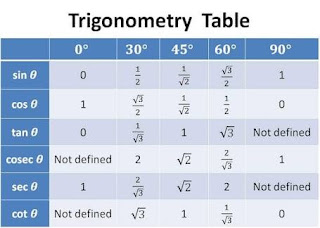Height and Distance

1. Two ships are sailing in the sea on the two sides of a lighthouse. The angle of elevation of the top of the lighthouse is observed from the ships are 30° and 45° respectively. If the lighthouse is 100 m high, the distance between the two ships is: A. 173 m B. 200 m C. 273 m D. 300 m Answer: Option C Explanation: Let AB be the lighthouse and C and D be the positions of the ships. Then, AB = 100 m, ACB = 30° and ADB = 45°. AB = tan 30° = 1 AC = AB x 3 = 100 3 m. AC 3 AB = tan 45° = 1 AD = AB = 100 m. AD CD = (AC + AD) = (100 3 + 100) m = 100( 3 + 1) = (100 x 2.73) m = 273 m.